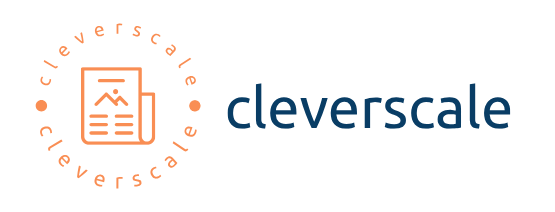
Fostering Economic Prosperity: Exploring Public Finance in the USA
Public finance in the United States is a critical aspect of economic management, influencing everything from infrastructure development to social programs. Understanding the intricacies of public finance provides insights into how economic policies are crafted, funded, and executed to drive national prosperity.
Government Revenue Streams: The Financial Backbone
Government revenue serves as the financial backbone for public finance initiatives. It primarily comes from taxes, including income taxes, corporate taxes, and indirect taxes like sales tax. These revenue streams fuel government expenditures, supporting a wide array of programs and services that contribute to the overall well-being of society.
Budgeting and Fiscal Policies: Balancing Priorities
Budgeting is at the core of public finance, reflecting the government’s priorities and financial allocations. Fiscal policies are instrumental in regulating the economy. Through a combination of taxation, spending, and borrowing, governments aim to achieve economic stability, manage inflation, and address socio-economic challenges.
Public Expenditures: Investing in the Nation’s Future
Public finance involves significant expenditures on various sectors. Infrastructure development, education, healthcare, and defense are among the areas that receive substantial funding. These investments are strategic, aiming to enhance the quality of life, promote economic growth, and ensure national security.
Government Debt: Balancing Act for Future Generations
Government debt is often a contentious aspect of public finance. While borrowing allows governments to fund crucial projects, manage economic downturns, and respond to emergencies, it also accumulates debt for future generations. Striking a balance between necessary borrowing and sustainable debt levels is crucial for long-term economic health.
Tax Policies: Influencing Economic Behavior
Tax policies play a pivotal role in public finance and economic management. Beyond revenue generation, taxes are used to influence economic behavior. Incentives, deductions, and credits are strategically employed to promote certain activities, such as homeownership, investment, and research and development.
Social Welfare Programs: Ensuring Inclusivity
Public finance supports an array of social welfare programs designed to ensure inclusivity and provide a safety net for vulnerable populations. From unemployment benefits to healthcare assistance, these programs aim to address societal inequalities and contribute to the overall well-being of citizens.
Infrastructure Investment: Driving Economic Growth
Investment in infrastructure is a key component of public finance with profound economic implications. Roads, bridges, public transportation, and utilities not only improve citizens’ daily lives but also stimulate economic activity, create jobs, and enhance a nation’s competitiveness on the global stage.
Environmental and Sustainability Initiatives: Addressing Global Challenges
In recent years, public finance has increasingly focused on environmental and sustainability initiatives. Governments allocate funds to combat climate change, promote renewable energy, and address environmental challenges. This reflects a growing awareness of the need for responsible and sustainable economic practices.
Public-Private Partnerships: Leveraging Collaboration for Progress
Public finance often involves collaboration with the private sector through public-private partnerships (PPPs). These partnerships leverage the efficiency and innovation of private enterprises to deliver public services and infrastructure projects. PPPs are a strategic approach to optimizing resources and promoting economic development.
The Role of Technology: Modernizing Financial Systems
Advancements in technology play a transformative role in public finance. Digitalization of financial systems enhances transparency, efficiency, and accountability. Technologies like blockchain are explored to streamline processes, reduce fraud, and provide citizens with greater access to financial information.
To delve deeper into the intricacies of Public Finance in the USA and understand how economic policies are shaped and implemented, visit www.cleverscale.com. Explore the dynamic landscape of public finance and its impact on the nation’s economic prosperity.


